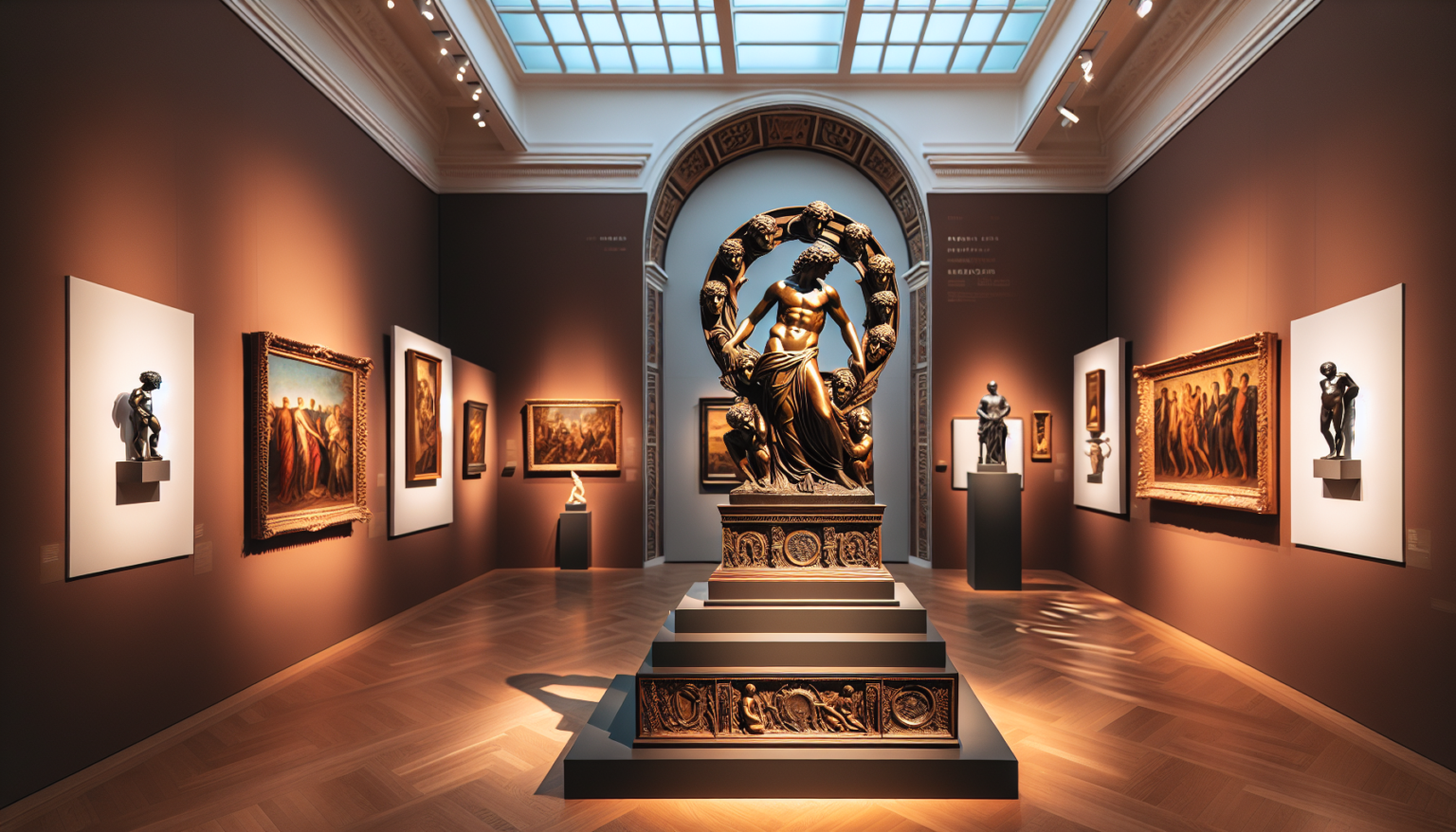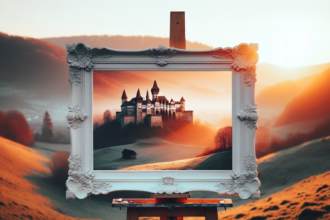The Cleveland Museum of Art has acquired a rare marble sculpture by the Italian artist Giambologna. The work, titled “Fata Morgana,” is believed to be the last marble sculpture by Giambologna in private hands. William Griswold, the museum’s director, emphasized the significance of the acquisition.
“It would be difficult to overstate the significance of the purchase of Giambologna’s ‘Fata Morgana’ to the narrative of art history that we are able to tell at the Cleveland Museum of Art,” Griswold said. “We are delighted to share this rare masterpiece with our audiences.”
Giambologna, who lived from around 1529 to 1608, was known for his bronze sculptures. He rarely worked with marble, making “Fata Morgana” one of only about a dozen known marble works by the artist.
The sculpture depicts a female nude and was carved from Carrara marble. It was commissioned by Bernardo Vecchietti, a banker and advisor to the Medici family, for a grotto installation in Italy. Giambologna himself designed the grotto.
The sculpture’s name, “Fata Morgana,” refers to Morgan Le Fay, a sorceress from Arthurian legend.
Giambologna’s marble masterpiece acquisition
It symbolizes eternal youth.
“Fata Morgana” left Italy in 1775 and was later misattributed, losing its connection to Giambologna. In 1989, it resurfaced at an auction in London, where it was described as an 18th-century marble figure of Venus Marina. Art dealer Patricia Wengraf recognized its true value and won the auction for £715,000.
Wengraf sold the sculpture to a private collector in 1998. She also played a key role in arranging its sale to the Cleveland Museum of Art. The sculpture will be displayed in the museum’s Italian Renaissance gallery starting on August 30.
The curators plan to recreate the original grotto-like setting for the piece. The acquisition of “Fata Morgana” adds to the Cleveland Museum of Art’s collection of Mannerist works. It joins other notable pieces such as “Holy Family with the Mystic Marriage of Saint Catherine” by Lavinia Fontana and “Death of Count Ugolino della Gherardesca and His Sons” by Lazzaro Baldi.













